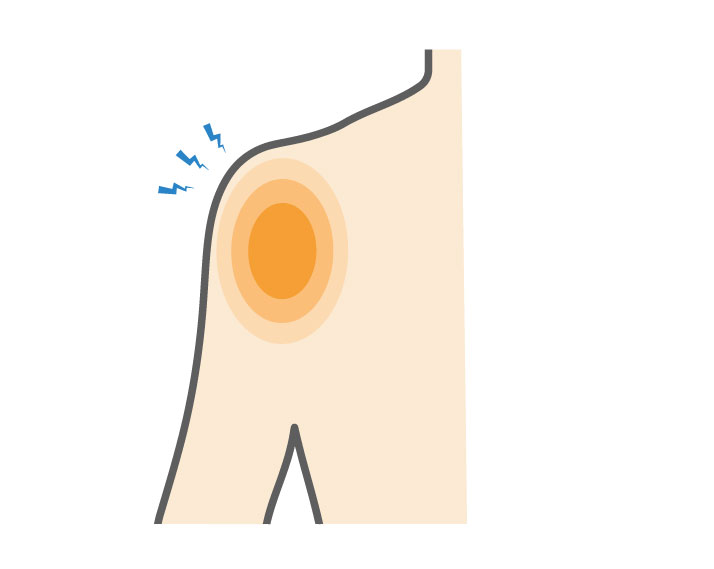Shoulder fractures are relatively common injuries that occur from a direct blow to the shoulder such as a fall or collision. The shoulder joint is a ball and socket joint made up of the humeral head(ball) and glenoid (socket) The humerus is the long bone of the upper arm that extends from the elbow to the shoulder. A fracture or break at the top of the humerus is called a proximal humerus fracture. Shoulder fractures are described ad displaced(the fragments are separated ) or non-displaced(no separation of the fragments). Most shoulder fractures can be treated without surgery but some more serious ones, especially if the fragments are displaced require surgery.
Shoulder Fracture Causes, Symptoms & Treatment Options
Shoulder fractures are relatively common injuries that occur from a direct blow to the shoulder such as a fall or collision. The shoulder joint is a ball and socket joint made up of the humeral head(ball) and glenoid (socket) The humerus is the long bone of the upper arm that extends from the elbow to the shoulder. A fracture or break at the top of the humerus is called a proximal humerus fracture. Shoulder fractures are described as displaced(the fragments are separated ) or non-displaced(no separation of the fragments). Most shoulder fractures can be treated without surgery but some more serious ones require surgery.
Overview
Overview

What causes Shoulder Fracture?
Shoulder fractures usually occur as a result of a direct blow to the shoulder such as a fall or collision but may also occur as a result of landing on an outstretched hand. Proximal humerus fractures can occur at any age but the risk of fracture increases with age.
Shoulder fractures are relatively rare in athletes but may occur in the following sports
- Football
- Soccer
- Rugby
Symptoms
If you have a shoulder fracture, you may have these symptoms:
- Pain, swelling or bruising around the shoulder joint
- Inability to move your shoulder
- Weakness of the shoulder
- Numbness and tingling of the arm
When to see a doctor
If you have pain in the shoulder area after a fall or collision in your sport, you should see your doctor so that he/she can check for a shoulder fracture. Your doctor will ask you about your injury and your symptoms, and then perform a physical examination. In order to make a diagnosis, your doctor will need to order an x-ray. Sometimes other tests such as CT scans or MRI scans are needed to help your doctor figure out the severity of the fracture and what treatment is needed.
Non-operative treatment
If your shoulder fracture is non-displaced or very minimally displaced, your doctor will suggest non operative treatment.
Non operative treatment for proximal humerus fractures include:
- Icing your shoulder (every one to two hours for 20 minutes) – The general recommendation is to avoid heat during the first 24-48 hours to avoid increasing the extent of bleeding and swelling.
- Over-the-counter pain medication if needed.
- Immobilization in a sling for 3-6 weeks
- Physical therapy or a home exercise program after the fracture has healed
Surgical Treatment
If your shoulder is fractured and the bones are displaced or in many pieces then surgery may be needed to properly fix and align the bones. The type of surgery will depend on a number of factors including your age, the amount of displacement/angulation of the fragments and the number of broken pieces.
Many times your surgeon can put the fragments back together with pins, screws and plates. When that is not possible, your surgeon may suggest a partial or total shoulder replacement.
Recovery
Recovery time after a shoulder fracture depends on the severity of the injury and whether the fracture can be treated non- operatively or surgically. If you have a non-displaced fracture treated non -operatively , you may be able to get back to regular activities in as little as three months. If surgery is needed for your fracture, you should expect a 3-6 month recovery time
Physical therapy is often needed after a shoulder fracture. Elbow and hand exercises may begin before the shoulder fracture has healed.
After the shoulder fracture has healed you will begin gentle stretching exercise to regain the range of motion of your shoulder. Later, strengthening exercises will be added to regain your strength. It is important to do follow your exercise program to regain your range of motion and strength before returning to normal activities

